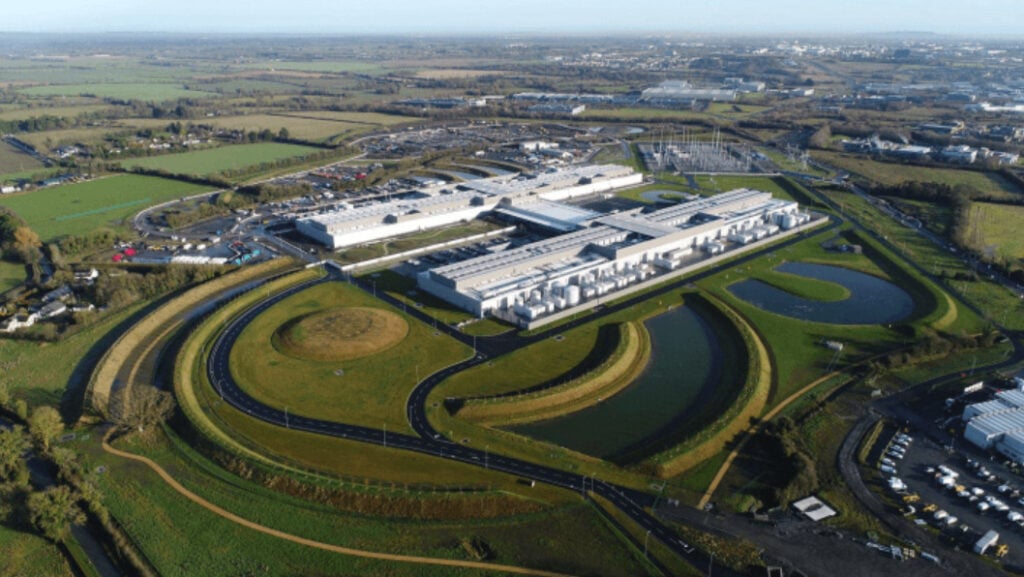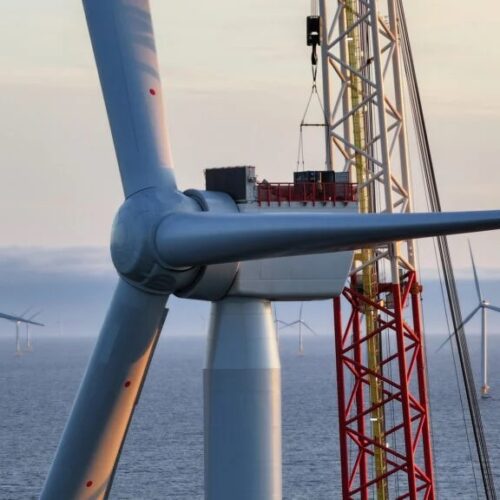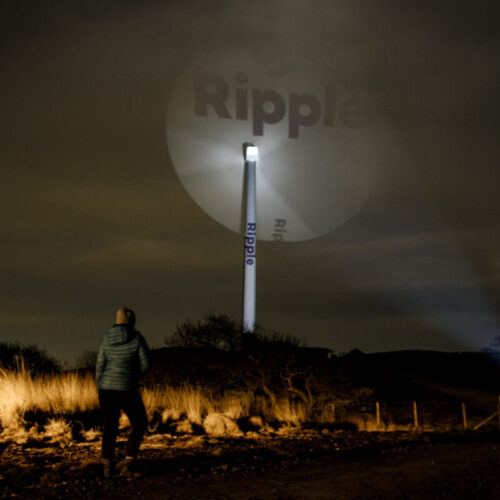The Central Statistics Office for Ireland has released metered electricity consumption statistics for 2023, showing that data centres in the country took a 21% share of the total usage.
Data centres used more electricity than the total amount for urban dwellings (18%) and for rural dwellings (10%). For both categories, electricity consumption has remained steady since 2022. Urban housing used marginally less electricity in 2023 than in 2022 (a drop of 1%).
By comparison, the load taken by data centres has rapidly increased: in 2015, data centres used 5% of metered electricity, rising to 18% in 2022. In the one year since, that has risen to 21%.
An article published by local outlet RTE in April 2024 revealed that Ireland has 82 data centres, with 14 more under construction and planning approved for 40 more. This could lead to a 65% growth in the coming years.
All of the technologies housed in data centres demand high amounts of electricity, not least the cooling systems necessary to prevent hardware failures. The critical components of a data centre – routers, switches, firewalls, storage systems, servers, and application-delivery controllers – all generate significant heat.
Beyond this, data centres are operational for 24 hours of the day, every day of the year. They might run multiple servers simultaneously on top of other, high-density computing. Locating data centres near renewables is one way that companies aim to ensure relative sustainability. One reason for Ireland’s proliferating data centre landscape is its cooler climate, meaning that less power is needed to prevent the systems from overheating.
Data centres also support artificial intelligence (AI). Technology firm Microsoft is set to overshoot its 2030 sustainability goals because of the energy demands of developing its AI technologies. As the company pushes to run its data centres on renewable energy, locations like Ireland will be attractive, due to the proximity to renewable energy generation sites.
Interest in Ireland as a future tech hub is a critical component of foreign and private investment in the country and renewable sources must meet the resulting high energy demand. Since 2021, Ireland’s Climate Action Plan has included a target to increase the share of electricity generated from renewable energy sources to 80% by 2030.
A Cornwall Insight report highlighted that there is a ‘policy vacuum’ for long-duration energy storage (LDES) technologies, threatening Ireland’s 2030 renewable energy target. Further, the consultancy found that Irish wholesale power prices are a third higher than elsewhere in Europe; senior modeler Sarah Nolan attributed this, at least in part, to data centres.






